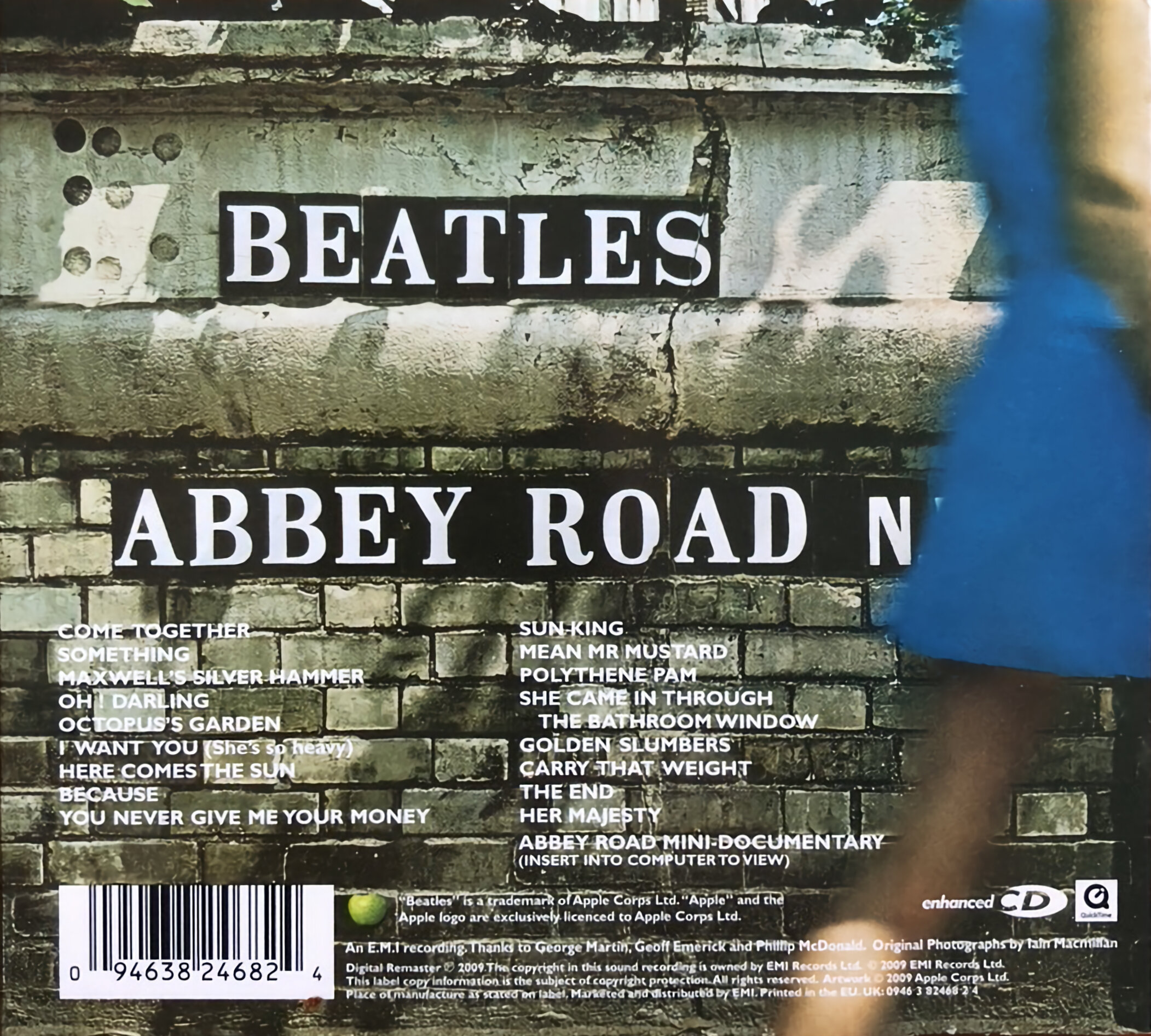Hotel California is a timeless classic, but does it build upon the masterpiece that is One Of These Nights or is it merely the success of the title track that has given such reverence to this 1976 release?
While the answer to this question will be highly subjective, I’ll give you my opinion based on listening to the album more times than I can recall. Before we discuss the songs that form Hotel California, however, let’s take a quick look at the versions that I’m fortunate to own for each of them is unique in what they offer to fans.
2014 Vinyl Reissue:
While I consider myself fortunate to own this edition, it is good, not great. Mastered by Bernie Grundman from 192/24 bit files, one would assume that the album should sound magnificent yet when comparing to the 40th Anniversary releases, as we will shortly, this 2014 vinyl reissue falls short as it is too bass-focused thereby causing a muddiness to the music. Yes, it takes comparing editions to hear this muddiness, but when listening to the 2014 vinyl reissue, and attempting to clear your mind of other influences, it is likely that you’ll note something is off. Again, the reproduction is good but if you’re after the very best pressing of this recording, this edition is unlikely to impress with its darker sonic signature that conceals elemental aspects of the music.
The packaging, however, is impressive. You’ll be presented with a gatefold design that harks back to the original release. Liner notes are detailed but missing lyrics for all songs other than Hotel California; an aspect that remains true to the original releases. The original band fold-out poster is also included, meaning that besides the barcode and up-to-date release information, this edition is about as pure as you’re going to get unless you track down, or are fortunate to own, an original pressing.
40th Anniversary Deluxe Edition:
When one thinks of a box set release, especially the size and complexity of the 40th Anniversary Deluxe Edition set, it wouldn’t be erroneous to assume that a vinyl record should have been included. It is an omission that befuddles the music-lover within for a Deluxe Edition of anything should be an all-inclusive release. Yes, I acknowledge there are Super Deluxe Editions and that they need to leave something for a 50th Anniversary release, but as a music collector it bothers me that we are required to purchase multiple copies of the albums we know and love in order to get everything. It is a collectors nightmare and the record labels know only too well what they’re doing.
As a result, when the 40th Anniversary came about, a standard CD, Expanded double CD edition, and this Deluxe Edition were released. Yet, to my knowledge, no vinyl reissue was released meaning that the mastering on the vinyl release is subsequently different to that on the digital reissues. I’ve no doubt for many people this will not be an issue, but if you love music as I do, you may find yourself wondering which version would be the best to own. While tastes are highly subjective, I can say without hesitation that if I were to purchase only one release, it would be the standard remastered 40th Anniversary CD.
Given the 40th Anniversary Deluxe Edition set includes a High Fidelity Pure Audio (HFPA) Blu-ray Disc that contains the 192 kHz/24-Bit stereo mix of Hotel California, one may assume that I would prefer this edition more as the CD is a standard 44.1 kHz/16-bit by comparison and bigger is always better; right?
Well, it is more complicated than that for the included HFPA Blu-ray Disc is essentially a reissue of the 2001 DVD-Audio release. That isn’t to suggest it is bad, for the surround sound mix is extraordinary. What I am saying, however, is that this edition is a different master to the 40th Anniversary CD. Subsequently, it is the mastering, rather than the format, that I am drawn to.
In a similar manner, the Apple Music edition, an Apple Digital Master, is also derived from the latest remastering sessions and sounds astonishingly good. Not quite as impressive as the CD, for the CD has a more open and natural presentation, but unless you’re comparing them, as I have, you likely wouldn’t be disappointed in the streaming counterpart.
Returning our attention to the remastered CD, the advantage it offers over the HFPA Blu-ray stereo mix is that it smooths the edges of the recording slightly. Don’t get me wrong, it isn’t a night and day difference, for if it were, we’d be talking about completely different albums. What I would say, however, is that if you dislike digital glare, then the CD offers a more laid-back presentation.
One would rightfully question playback equipment, but this too is uniform as both the HFPA Blu-ray stereo mix and remastered CD were played through my Oppo BDP-103 utilising its Cirrus Logic CS4382A DAC. Even the Apple Music stream was played back via this approach as the Oppo Blu-ray players permit adding an Apple TV, via HDMI, thereby utilising the analogue circuitry of the unit. This uniformity certainly assists when comparing different masterings and formats thereby allowing any differences to be more noticeable than if the audio was decoded via various DAC implementations.
Stereo editions of Hotel California aside, the 40th Anniversary Deluxe Edition set, of course, offers a DTS 5.1 surround sound mix of this classic album. Yes, it is the very same Elliot Scheiner mix from the DVD-Audio, but given that edition has been out of print for years and considerably expensive on the secondhand market, it is wonderful to see that it is once again available for those of us who are interested in the surround mixes.
The greatest compliment I can give the surround sound mix is that if you’ve got a DTS capable system, stop reading this review and go and track down a copy for it offers a feeling that can only truly be appreciated firsthand.
Yes, it changes many aspects of Hotel California, that you know and love, especially if you’ve only heard the stereo mix, but you’ll feel it in your bones and in your soul like never before.
As is the case with all DTS soundtracks, there is a bass-focused aspect that one must consider. It is different to the bass aspects found on the 2014 vinyl reissue, for they muddy the sound. The 96 kHz/24-Bit DTS 5.1 surround sound mix is detailed and enveloping, meaning that while the bass is prominent, it isn’t overpowering but helps to better form a soundstage that will envelop you with sound. Of course, your experience may vary depending on how your surround sound system is configured.
While I’ve never been fortunate enough to hear the 2001 DVD-Audio release or the respected DCC release from the 90s, I’d argue that there really isn’t a bad version of Hotel California to be found and that each version is a true representation of the original recording with slight variances that may, or may not, appeal to you.
As you can likely gather, choosing the best version is not necessarily an easy task for all editions have their own pros and cons. So, how do you choose?
It isn’t easy and the inclusion of the surround sound mix certainly complicates things. However, as I alluded to earlier, when I think about playing Hotel California, I gravitate towards the CD that is included in the 40th Anniversary box set as it provides a sound signature that falls conveniently between the other versions I’m fortunate to own. It simply gets everything right and there are no glaring aspects of concern. It is smooth, with just the right amount of bass and treble. Plus, and I can’t stress this enough, it is widely compatible with the other CD players I own. As much as I appreciate HFPA Blu-ray releases, they are almost as inconvenient as vinyl for very few of us have multiple listening spaces for such a setup. As mentioned earlier, if you’re after a good all-rounder, you can’t go wrong with the standard 40th Anniversary CD for it is readily available, affordable, and is pretty close to the best this album has ever sounded in stereo; from my perspective, at least.
Of course, in this three-disc collection, I’ve yet to mention the Live At The Los Angeles Forum 10/20-22/76 component. While it is an abridged release, it’s solid from start to finish and despite not being as sonically spectacular as Hell Freezes Over, it’s a great classic live recording that is worthwhile for any collector. If you’re not interested in the HFPA Blu-ray Disc, then the double CD release for the 40th Anniversary of Hotel California has you covered as this live recording is presented on the second disc. Streamers can also rejoice as there is a digital version available as well.
That all said, there is no doubt in my mind that the 40th Anniversary Deluxe Edition is beautifully presented with the included 44-Page Book containing Rare Photos and Memorabilia, along with a 20-Page Hotel California Tour Book and Three Posters. However, I’m less than impressed with the way the discs are sitting within the box. The rubbery knobs that the discs sits on will undoubtedly be a point of failure in the future and I would have expected much more for the price. As I’ve already mentioned, the lack of a vinyl edition being included is an oversight and to be honest unless you’re after the HFPA Blu-ray Disc, I’d go with one of the CD options as there simply isn’t enough value to justify the cost.
Hotel California is a masterpiece even if it’s an overplayed one by some people’s standards. However, I never tire of it and consider its introduction to be one of the best ever recorded in music history. The studio recording is flawless, but if you haven’t had a chance to hear the live recording from Hell Freezes Over; I implore you to give it a listen for Hotel California has never sounded better. Hotel California has a little bit of everything and that addictive rhythm, with the intermingling guitar solo is simply magical. There is little wonder Hotel California has been played ad nauseam over the years and I can only imagine what it would have been like to have been in the studio as it was being recorded. Incredible!
New Kid In Town is a great tune that sounds as if it should have been on One Of These Nights and once you’ve got past the stylistic shift, from Hotel California, New Kid In Town is a lovely song in its own right that works perfectly well within the album structure.
Life In The Fast Lane picks up the tempo and again highlights the guitar-focus that seems to be a trademark of Hotel California. It’s rhythmically charged and while it could be suggested that just as James Dean doesn’t fit the overall style of On The Border, Life In The Fast Lane is similarly a little too rock and roll for this album.
Wasted Time is one of Don Henley’s greatest vocal achievements. A beautiful song, with a perfect mix, and one that complements Hotel California perfectly. While the upcoming reprise seems a little out-of-place when it comes to digital releases, nothing is better than flipping the record from Side One and having the reprise to look forward to for I could easily argue that Wasted Time is the very best song ever recorded by the Eagles. It blows my mind every time I listen to it.
Wasted Time (Reprise) is a lovely instrumental counterpart to the core song and while Hotel California wouldn’t be the same without it, I do wish that they would have remixed/edited the album for release digitally, thereby omitting the reprise, as flow and continuity isn’t as important as it was for the original vinyl release.
Victim Of Love takes things up a notch and despite being considerably different to Wasted Time, Victim Of Love is perfectly tracked. While Henley once again is the lead vocalist, his drumming on this particular track is a standout for me as it provides a perfect backbeat rhythm that the rest of the music is built upon. While I’ve pondered if Hotel California is greater than its lead track, songs like Victim Of Love and Wasted Time prove that Hotel California is a masterful achievement.
Pretty Maids All In A Row continues that masterful style and Joe Walsh’s unique vocal, especially in the opening verse, offers an interesting stylistic shift. I don’t know about you, dear reader, but while Walsh is well-respected in his own right, I’ve often felt that he hasn’t received the recognition he deserved, particularly in the Eagles, for he is one of the greatest musicians of our time.
Try And Love Again offers yet another vocal perspective to the Eagles style and Randy Meisner knocks it out of the park. While his departure allowed Timothy B. Schmit to join the Eagles, Meisner certainly went out on a high with this song having also penned it.
The Last Resort is the perfect closer and afterwards, at times, I’ll sit and let the music that I’ve just listened to permeate my soul. Yet at other times The Last Resort will compel me to listen to Hotel California again; it is that good!
Hotel California most certainly deserves the recognition it receives and while I’d still suggest that One Of These Nights is their greatest achievement, there are few albums that are as tight as Hotel California.
Live At The Los Angeles Forum 10/20-22/76:
Take It Easy is a great toe-tapper and one of the best live editions that I’ve heard. That guitar solo, while short, works superbly well in enhancing the song from its origins.
Take It To The Limit was previously released on Eagles Live and I remain convinced that this performance bests the original studio recording. If nothing else, Meisner’s vocal is smoother and less shrill than the studio recording; an aspect that I appreciate.
New Kid In Town, for this particular live performance, is superior to the studio recording. It is a little more laid back in its presentation, particularly in the harmonies, and that subsequently makes it a little more enjoyable and less jarring on the senses.
James Dean still sounds out-of-place in the Eagles’ catalogue, from my perspective, and while there is nothing wrong with this recording, it doesn’t break new ground either. That said, I do prefer this live recording over the studio release.
Good Day In Hell is an interesting choice for a live performance as I consider it album filler. Nevertheless, it’s a solid performance that works really well within this collection and it’s another song that I feel is better than the studio recording.
Witchy Woman has such a grungy guitar intro; I love it! While first released on their self-titled debut some four years earlier, this free-flowing performance is exceptional.
Funk #49 is classic Joe Walsh, from his time in the James Gang. It’s a great song and a fantastic cover. In some ways, I wish it was an Eagles’ original, but at least we’re fortunate to have this live recording.
One Of These Nights is styled somewhat differently from the original studio release; I like it!
Hotel California is arguably the first live performance of the well-over 1,000 times the Eagles’ have performed this classic song and it’s really good. It isn’t the best, not by any means, for that award goes to the Hell Freezes Over performance. It is nice, however, to hear earlier renditions to appreciate how it would have been presented at the time, especially in regard to the guitar tuning as it offers a different interpretation.
Already Gone is a solid closer with an addictive rhythm and twang…hold on a sec, I said that very same thing when reviewing Already Gone as the opener for On The Border. And, yes, the woo-hoo-hoo vocal elements remain distracting.
While Live At The Los Angeles Forum 10/20-22/76 is clearly truncated, and it would have been wonderful to have a more complete recording to enjoy, it has been put together extremely well whereby you’re left wanting more; always a good thing!
Overall, you really can’t go wrong with Hotel California but as there will undoubtedly be a 50th anniversary release of this album, it is my hope that the shortcomings will be rectified. We will, of course, have to wait another few years to see how the Eagles and their record label will convince us that we need yet another edition of one of the most beloved albums in our collection. Until then, the 40th Anniversary editions shall suffice.



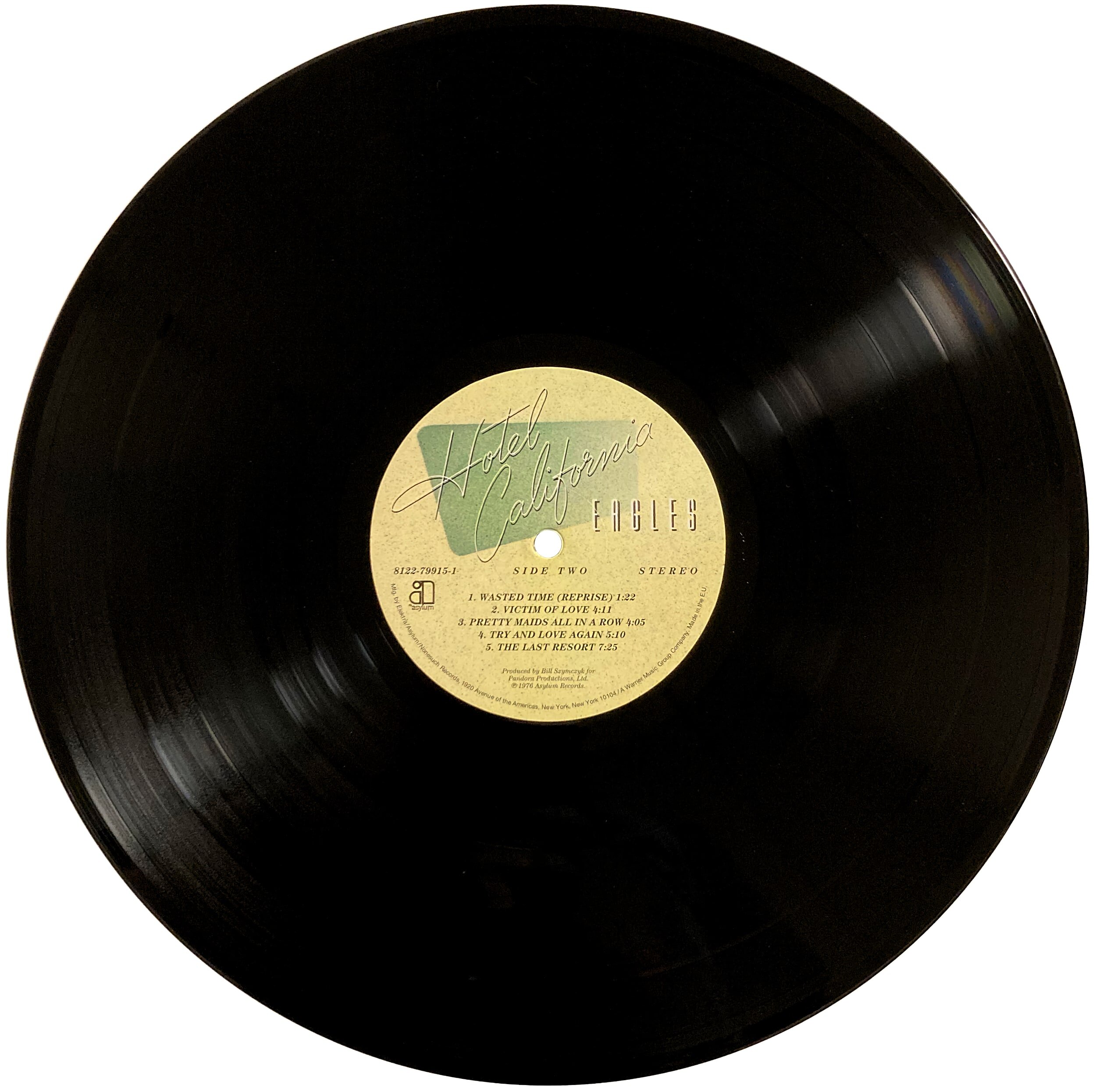
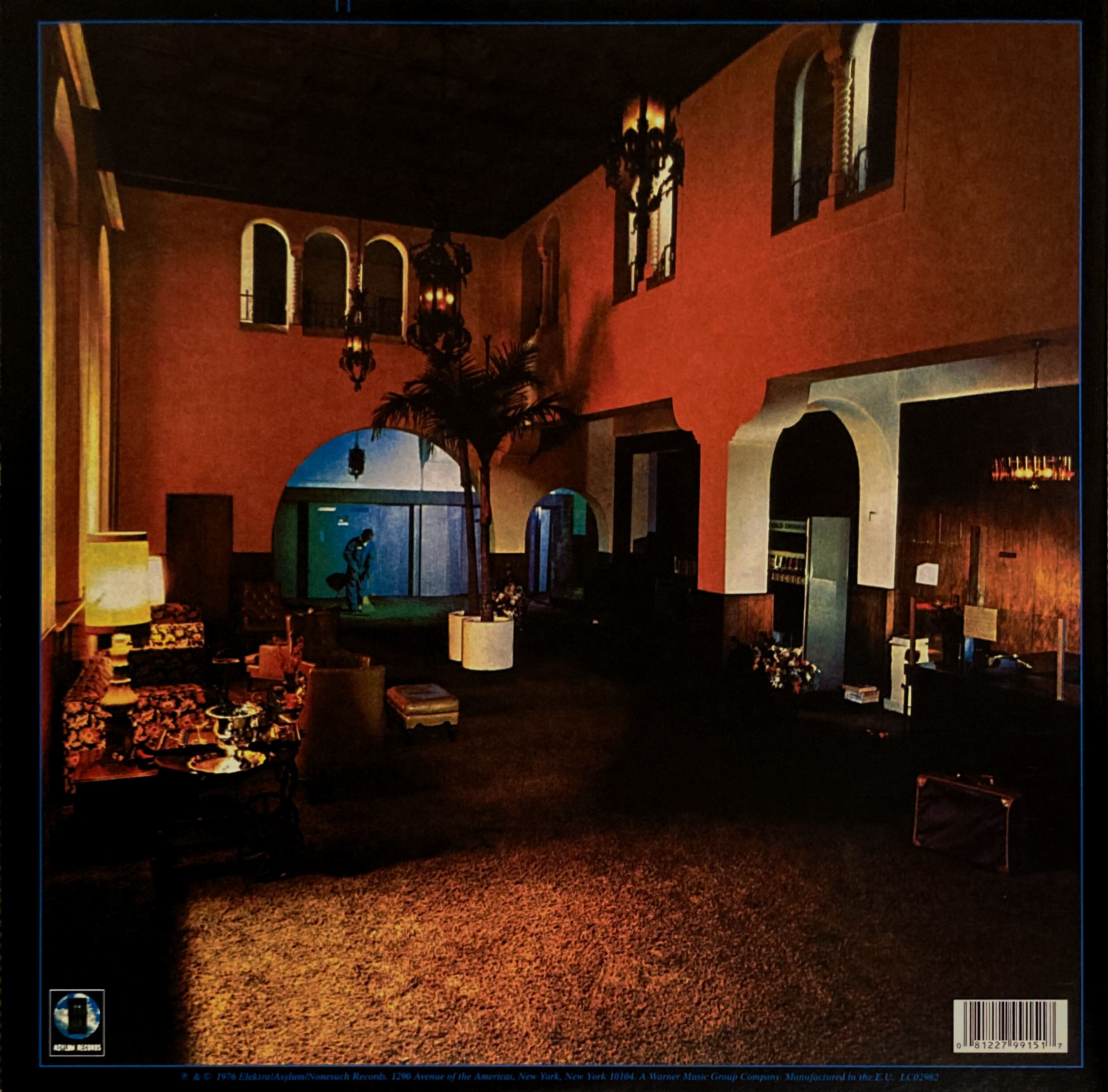
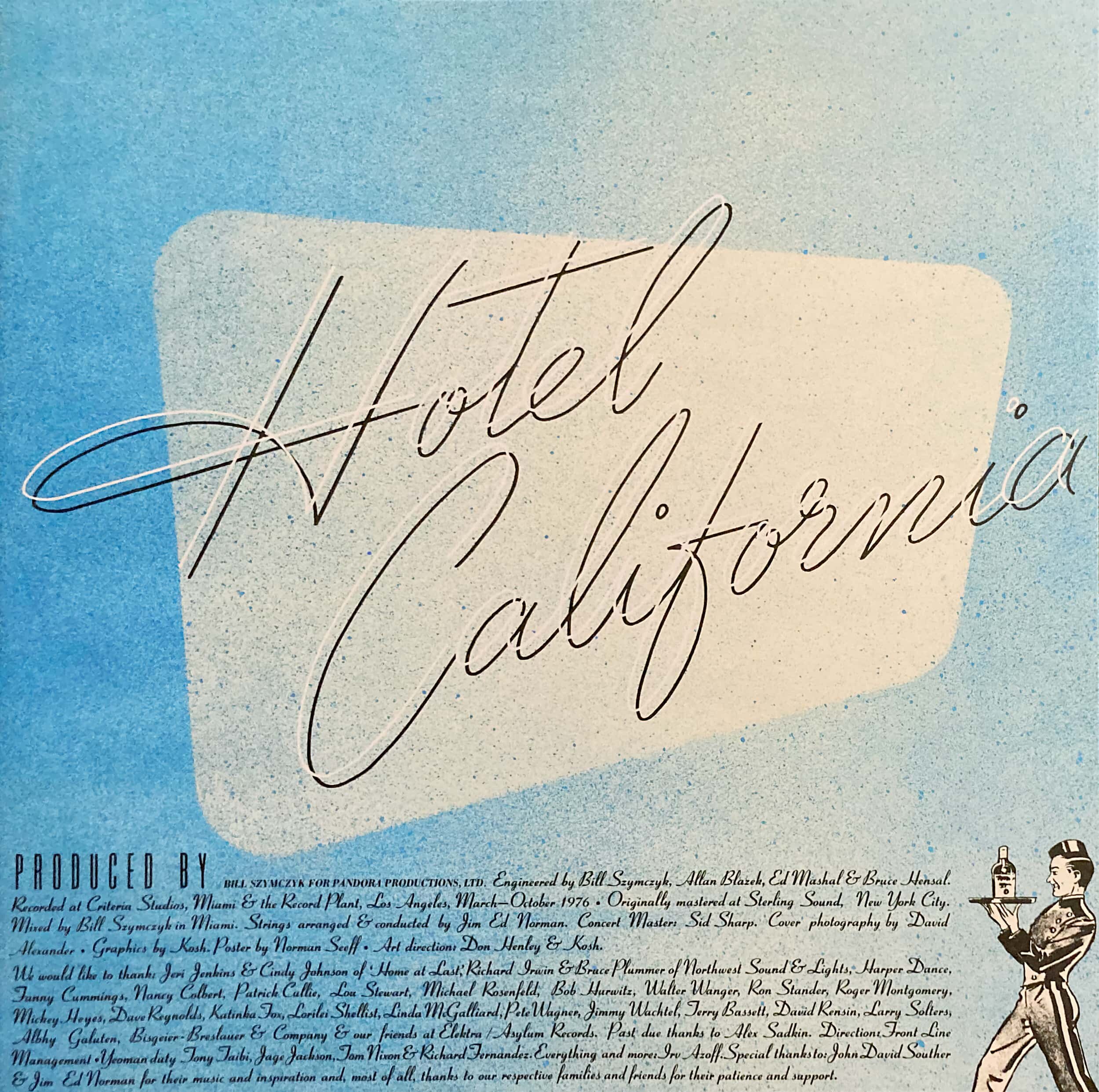
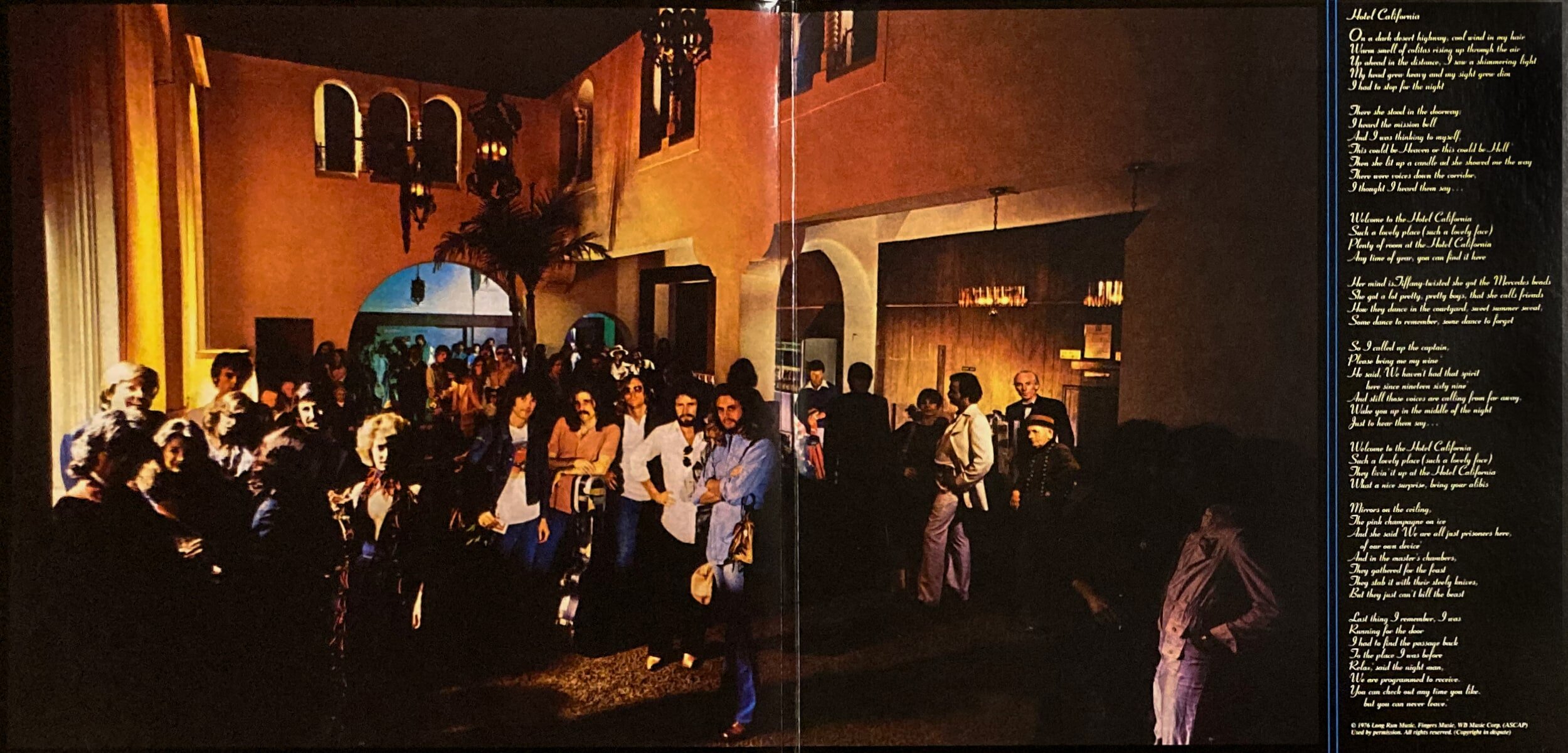
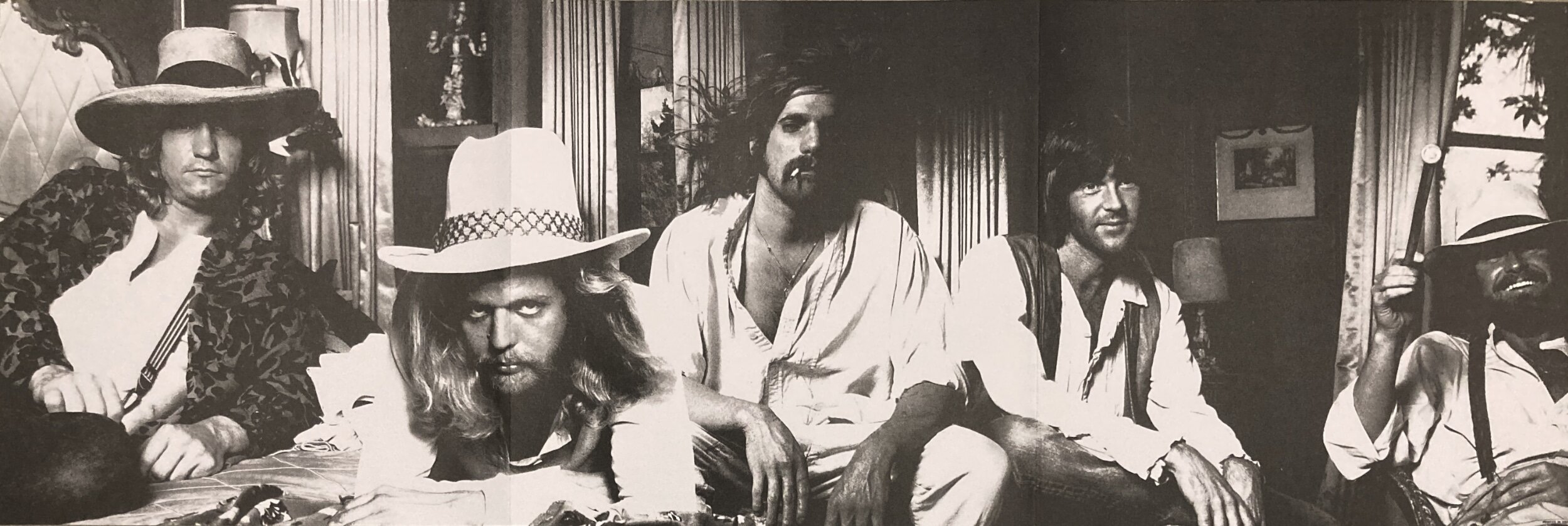







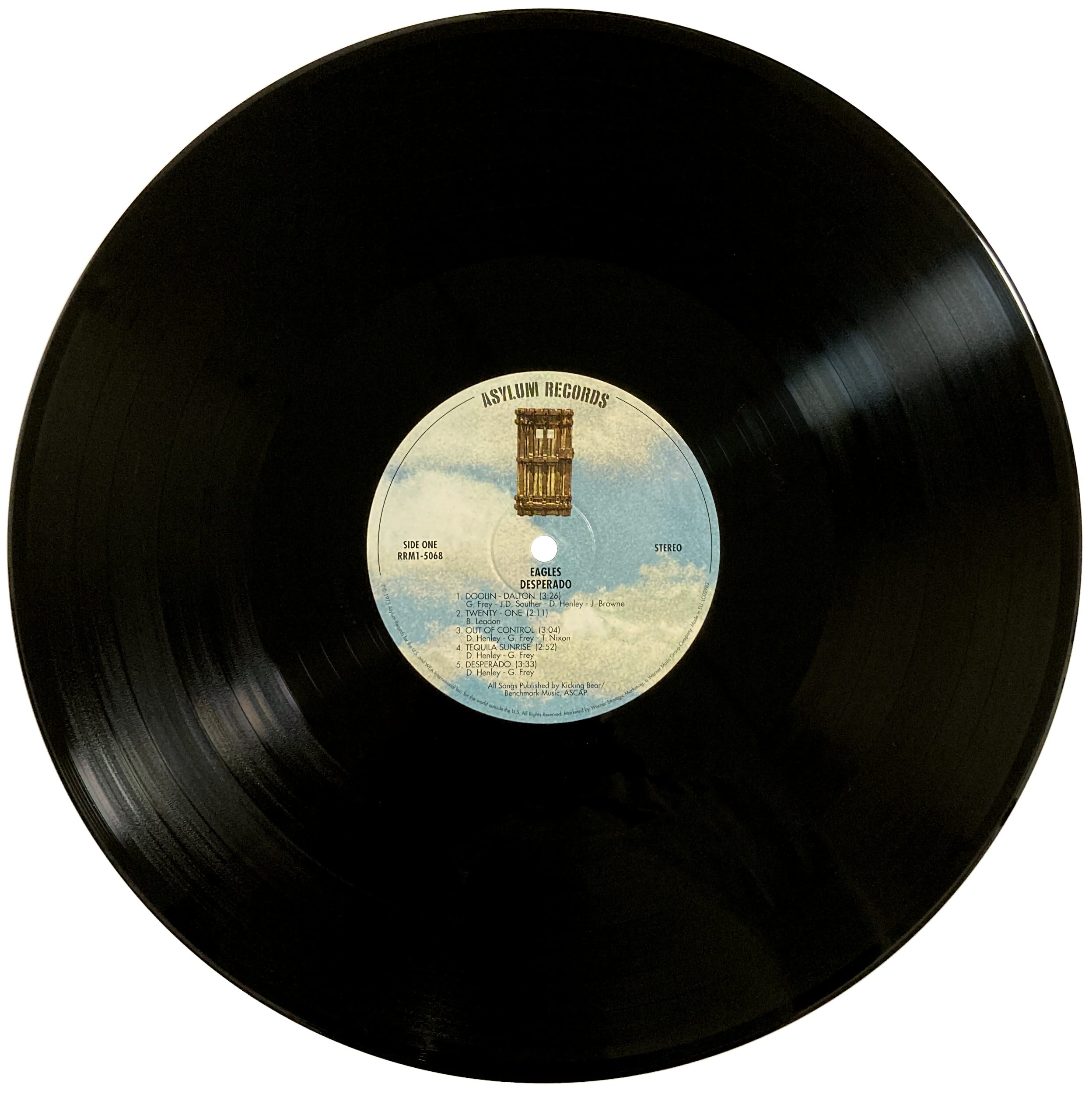
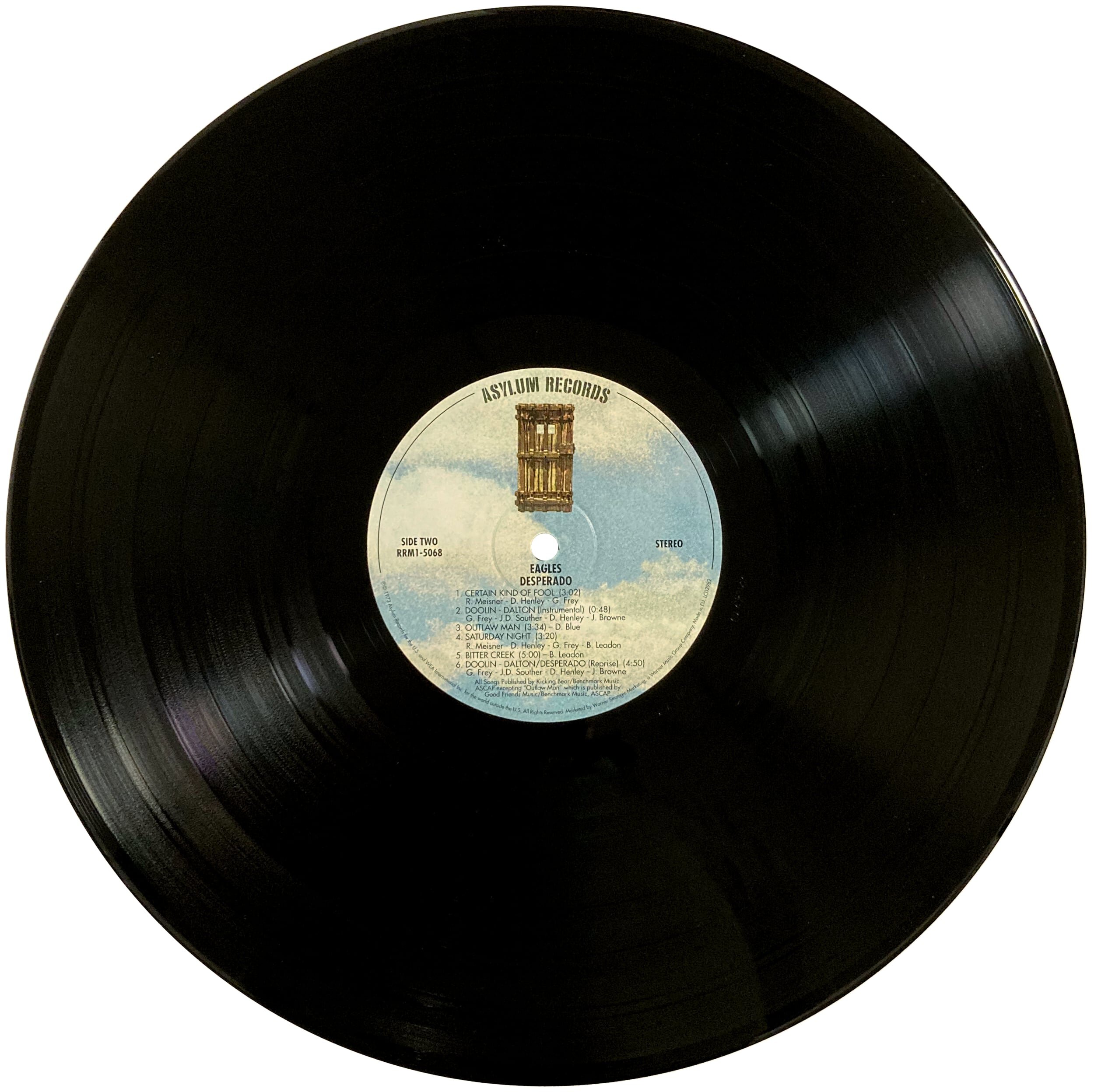
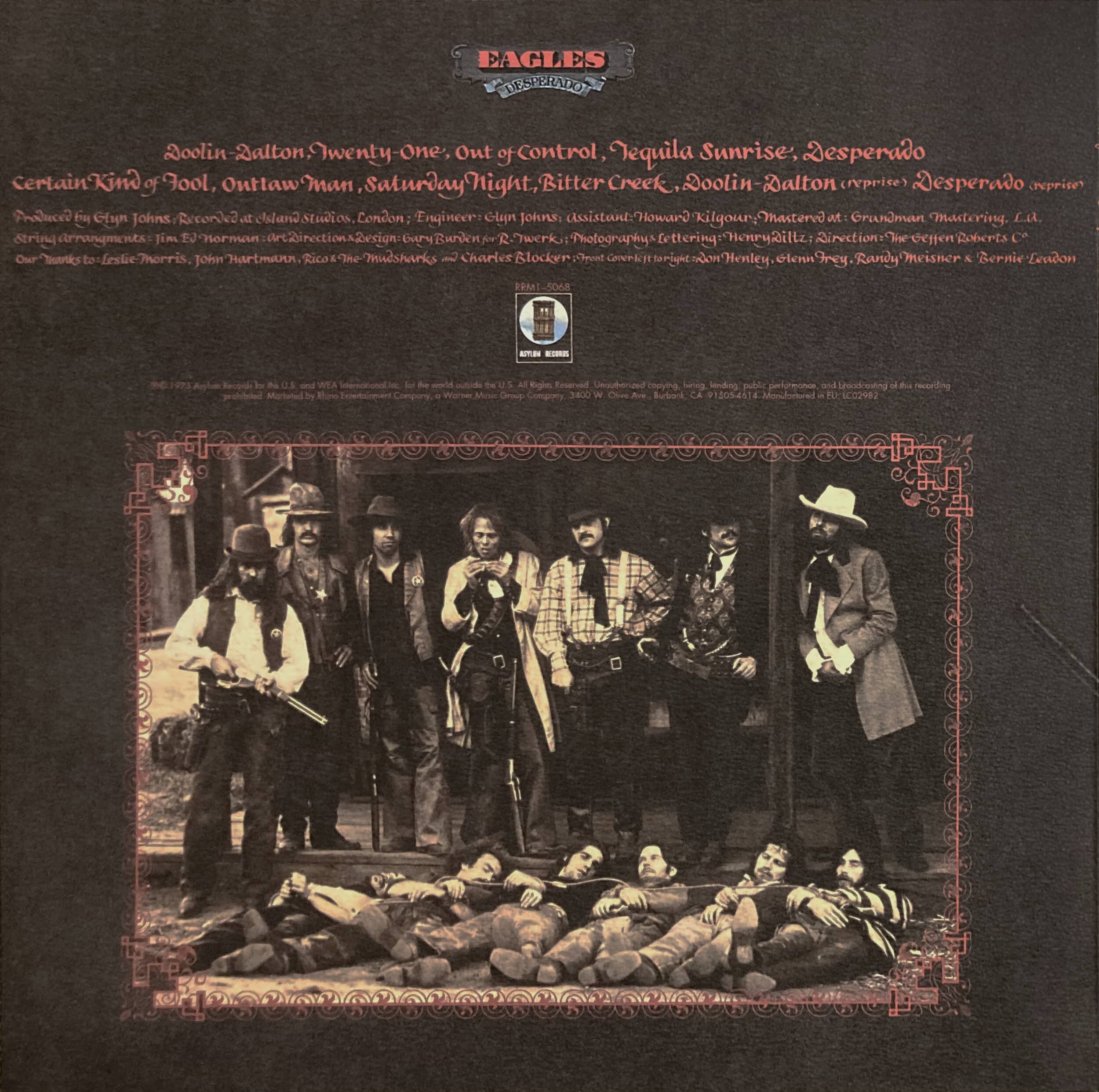

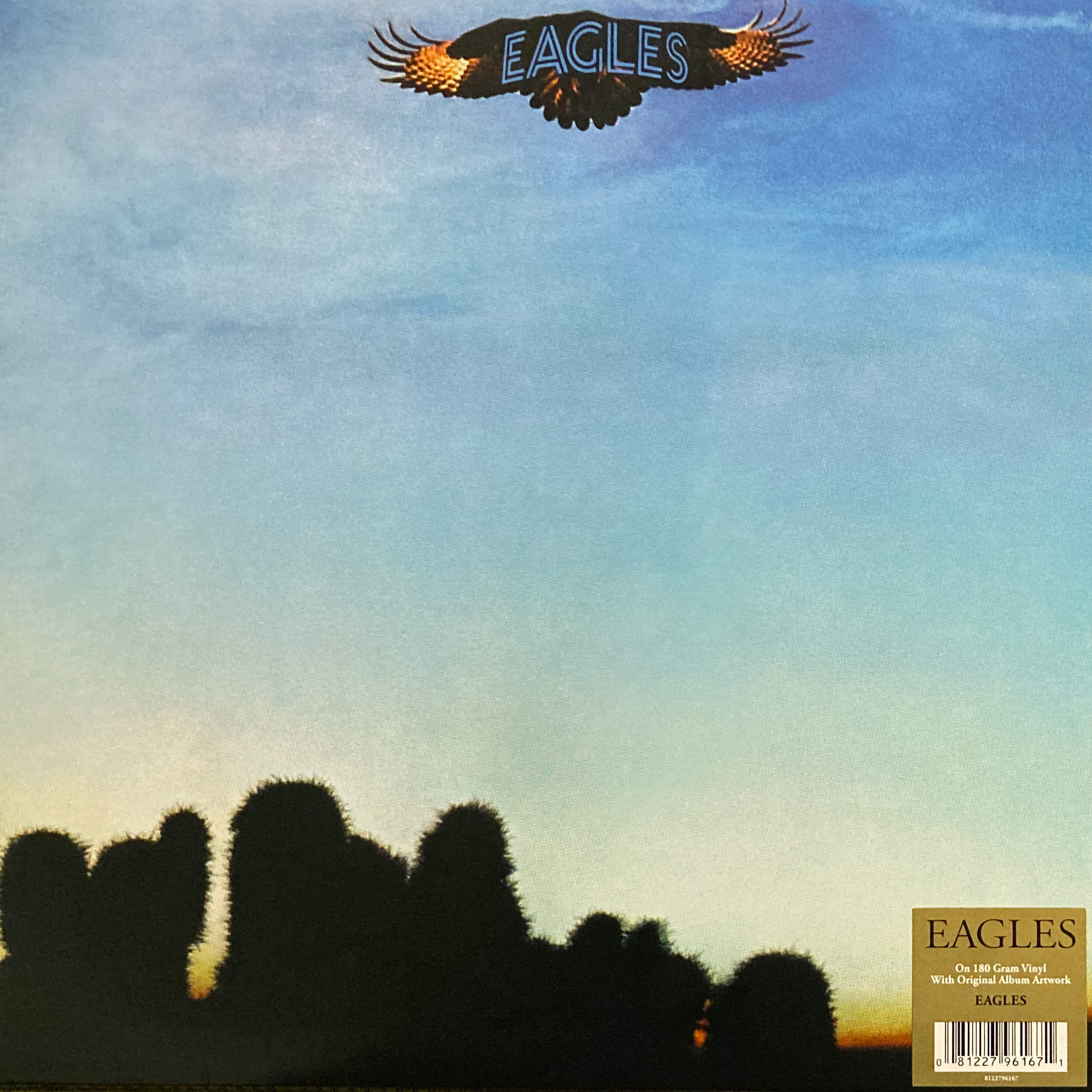

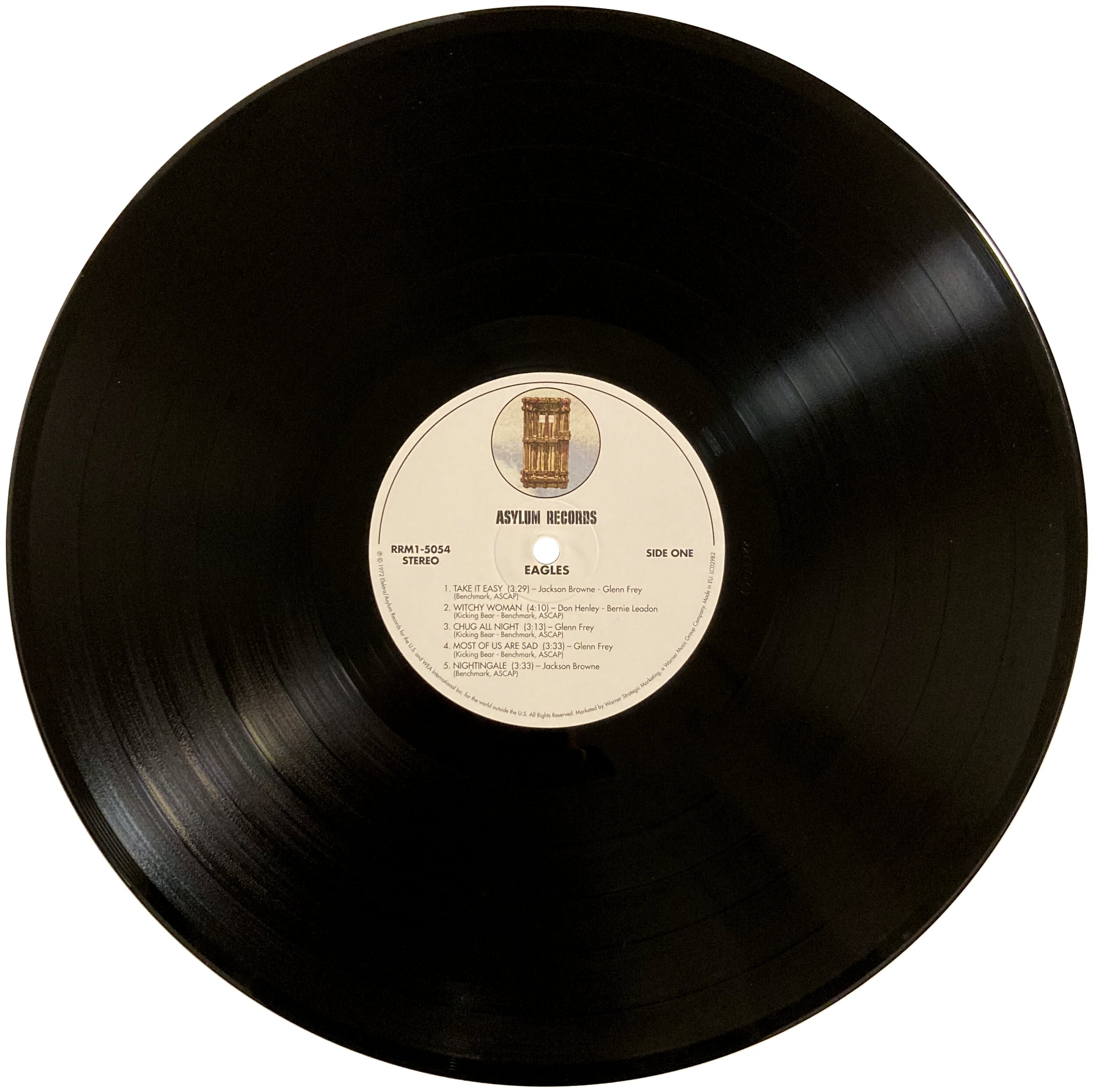

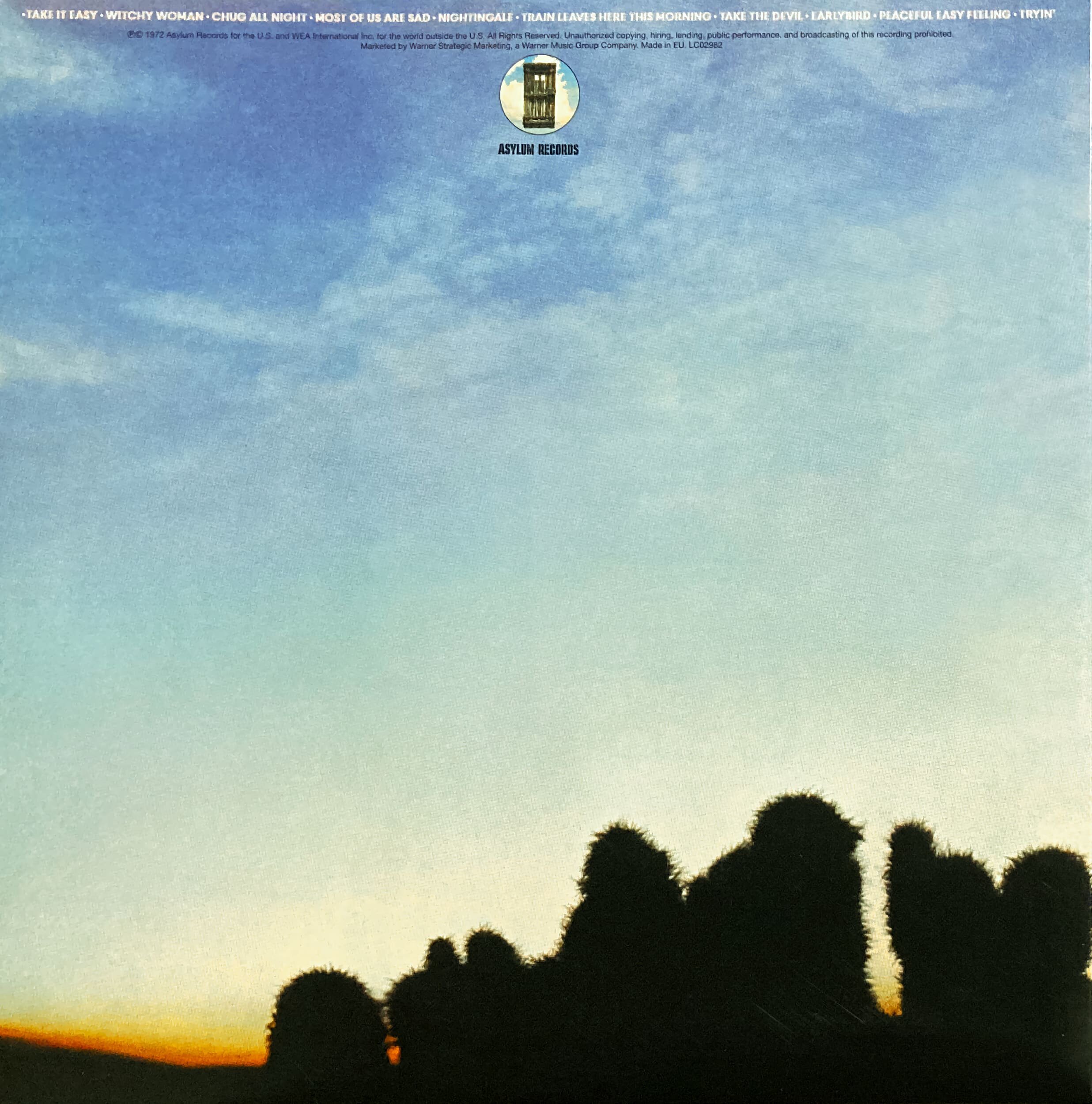

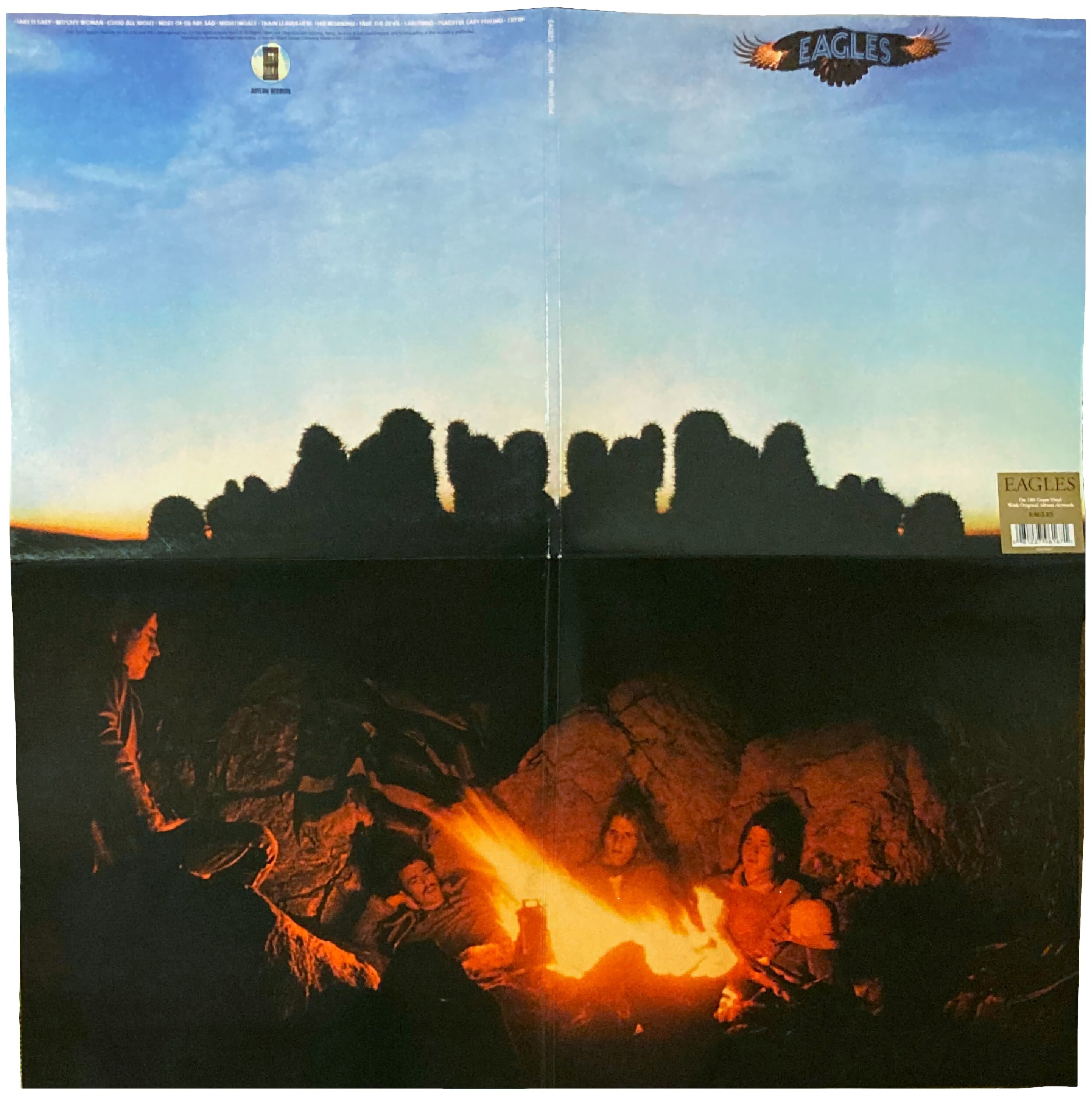










![The Beatles – Abbey Road (2009 Remaster) [Album Review On Vinyl, CD, & Apple Music]](https://images.squarespace-cdn.com/content/v1/565c1ab5e4b05079e4bfa169/1662960364456-QL4UCKQNCVBBWUR4T6ZM/The+Beatles+Abbey+Road+Album+Cover.jpg)






